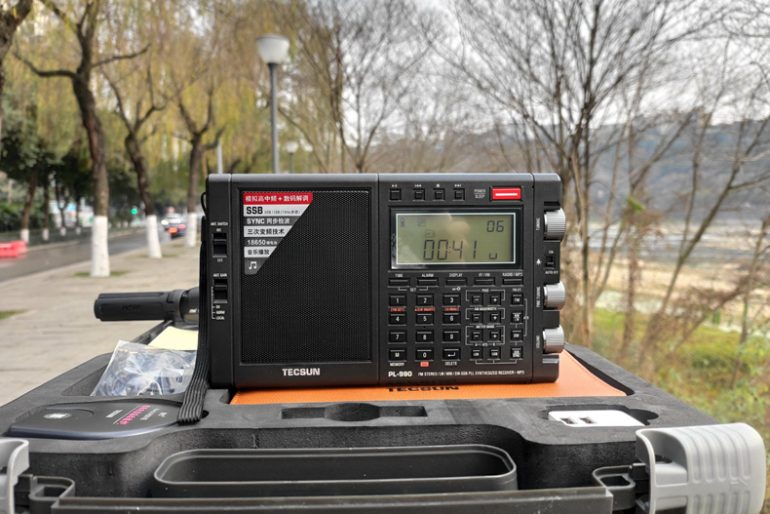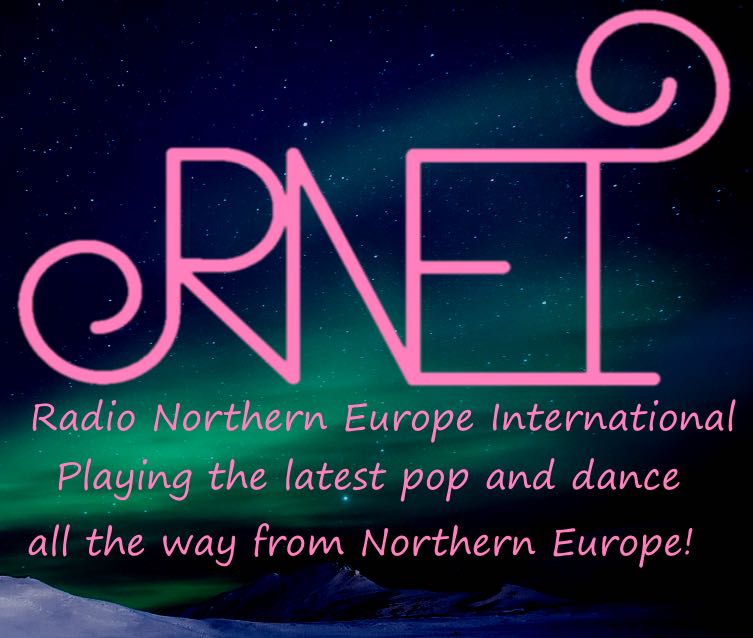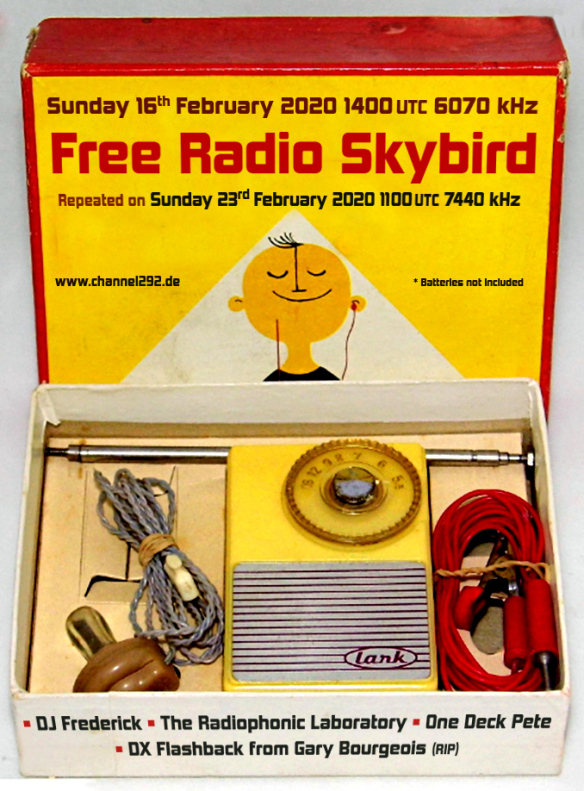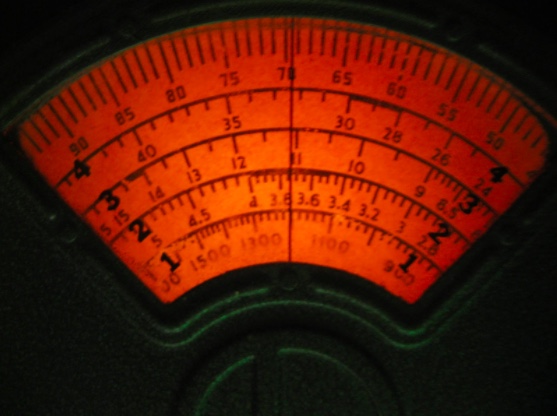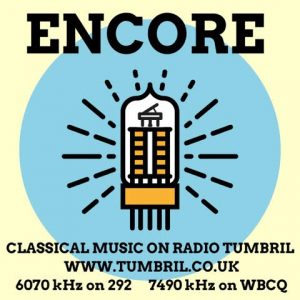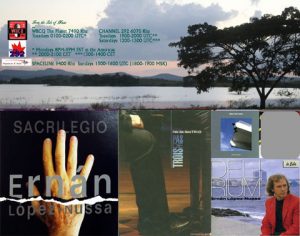Earlier this week, I mentioned in a Patreon post that if you’re plotting to buy a radio or other consumer electronics currently in development or production in China, expect delays.
Due to the spread of the Coronavirus, a number of factories have been shut down and production effectively frozen since the beginning of the Chinese New Year. Some companies are attempting to slowly bring operations back to normal levels, but progress is unstable to say the least.
I’ve spoken with a couple of friends who work in the radio and consumer electronics industry in China and both have expressed serious concerns regarding new product timelines this year. Both noted that there’s no need for alarm or panic at this point, but consumer expectations should simply be in-check as the situation unfolds.
In the meantime, expect recently announced products to take longer to hit the market.
I would not be surprised, for example, if the Tecsun PL-990, Tecsun H-501, Eton Satellit Elite, and Icom IC-705 are all delayed a few weeks or even months. Much depends on where each product was in the design, development, or production process when factories were closed.
It’s also possible if your regional retailers and distributors run out of product inventory, it could take an an extended time to replenish stock.
Again, there’s no need to panic about product availability at this point, just anticipate delays!
Post readers: Has this situation already had a direct impact on you? Please comment.
Do you enjoy the SWLing Post?
Please consider supporting us via Patreon or our Coffee Fund!
Your support makes articles like this one possible. Thank you!


